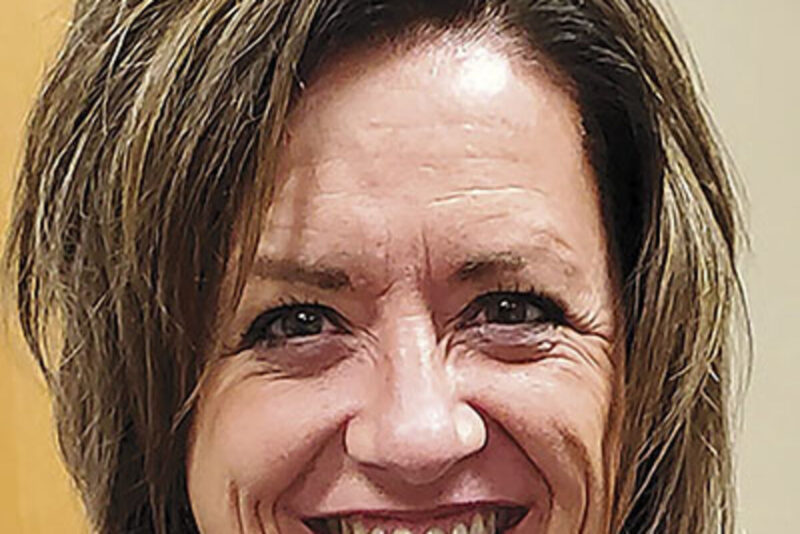Kelly Kenoyer
Sweet Home High School students have new opportunities for college credit this year after a successful pilot program last year gave nine students additional opportunities for college classes.
The new program with Linn-Benton Community College includes four classes in the high school’s LBCC campus, along with additional opportunities for continued learning on the college’s Albany campus.
This new program adds onto existing college credits available through “College Now” courses, which are taught by high school teachers in the high school but count for both college and high school credit.
“We want to have professors here at the Sweet Home Center like they have in Lebanon and at the Albany campus,” said Kristin Adams, the high school’s success coordinator, who reported on the program to the School Board at its Sept. 14 meeting.
Classes are fitted into the school’s standard bell schedule, which makes it easier for high achieving students to “take advantage of the dual credit opportunities that we have here as well as participate in athletics, the activities, and just basically to be a high school kid.”
The original pilot program involved just two college classes at the LBCC center in Sweet Home that fit the bell schedule: Communications 111 and PE 231. This year, the program also includes Spanish 101 and 102 after a survey showed significant student interest in a foreign language class.
There are now a total of 88 college credits available on the SHHS campus.
Thirty students have already enrolled in the program this year.
The classes are also available to all LBCC students, not just high schoolers.
The LBCC classes outside of the high school also provide additional opportunities to accelerated students who have already taken all available classes through the school, such as a junior who has completed calculus, the highest level math class available through SHHS.
That student would be able to take higher-level classes at LBCC, and Sweet Home schools would pay for one LBCC class per semester.
Funding for the program comes from Measure 98, a 2016 ballot measure passed by voters that provided funding for programs aimed at increasing graduation rates.
Thanks to the Measure 98 money, Sweet Home School District has $35,000 available to spend on students. So far, the schools expect to spend $28,000 on the 30 students who have already joined the program throughout the full academic year.
Adams said the program is specifically aimed at at-risk students, and last year 35 percent of participants fell into that category. Although there are 88 credits available through the school, most students can only manage to get up to 54 due to scheduling, largely because they need to choose between the biology track or the chemistry track.
Eighty-four of those credits are helpful for all students – “purposeful credits,” Adams said, which can allow students to graduate with an associate’s or a bachelor’s degree. The last four credits are aimed at welding and manufacturing degree students, specifically.
To Adams, the college credit programs are a matter of providing additional support to students who may otherwise struggle making the transition from high school to college, she said.
“There’s a lot of anxiety, even with high academic kids, in trying to figure out the whole community college regime. It’s a whole different game for them. A deadline is a deadline, you can’t go come back and ask one week before class is over: ‘Hey, what can I do to get my grades up?’ It’s college.”
Those difficulties can be really tough for a new college student, and particularly for one who’s still high school age. With the programs being housed within SHHS, “they have the safety net of me being right next door and checking in with them every week,” Adams said.
For those interested in joining the college credit courses, Adams wants to be clear that credits within the high school count towards “Oregon Promise” credits – the 90 credits Pell Grant-eligible students get paid for by the state of Oregon in its community colleges.
“They only will support that through 90 credits,” she said. “If a student graduates with 36 credits, they’ll lose those credits through their financial aid packet if they’re using Oregon Promise funds.”
But the college credits at the high school are available to all students, not just Pell eligible students who qualify for Oregon Promise.
“They’re still at a crossroads with how are they going to pay for college? And if they have taken advantage of the college opportunities that were on our high school campus, they’ll be much further ahead,” Adams said.





